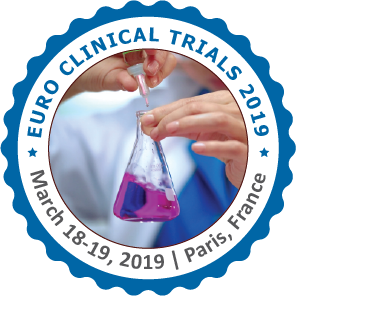Angie Andrea Bedoya RodrÃguez
National University of Colombia, Colombia
Title: Development of nanocomplexes for the controlled delivery of WT1-5 virus with potential application in the treatment of cancer
Biography
Biography: Angie Andrea Bedoya RodrÃguez
Abstract
Oncolytic virus therapy is a breakthrough in cancer treatment. Rotavirus is the leading cause of gastroenteritis and a large part of the population has immunological memory against it. Therefore, it is necessary to look for a biomaterial that permits shielding of WT1-5 oncolytic rotavirus in order to elude the antibody recognition and reach the tumor satisfactorily. For this, we used red blood cells (RBC), peripheral blood mononuclear cells (PBMC) or platelets as potential oncolytic rotavirus carriers. To encapsulate or bind virus to these cells, WT1-5 was incubated with cationic polyelectrolytes (polybrene, and protamine) or heparin and the formed nanocomplex (virus-polymer) was added to RBC, PBMC or platelets. RBC, PBMC or platelets loaded with WT1-5 were co-cultured with tumor cells (SK-MEL 28 or MCF-7) to evaluate the infection. Likewise, the release of rotavirus bound or encapsulated in RBC, PBMC or platelets at different times was evaluated, for this, the loaded cells were incubated every 30 min, centrifuged and the supernatant was recovered, which was added to the tumor cells. RBC loaded with WT1-5, by means of polybrene, increased the infection of tumor cells more than threefold with respect to positive control (WT1-5 incubated directly with tumor cells). With PBMC and platelets, similar results were obtained. We used another method, RBC-derived purified membranes or RAFTs-coated rotavirus WT1-5, which was added to tumor cells to evaluate infection. Both effectively coated rotavirus WT1-5, kept in suspension (carry), avoided antibody recognition, and allowed the infection of the tumor cells. Peripheral blood cells are promising cell carriers for efficient delivery of WT1-5 oncolytic rotavirus. Currently, we are also developing nanocomplexes between the rotavirus and alginate gel matrix system yielding good results.

